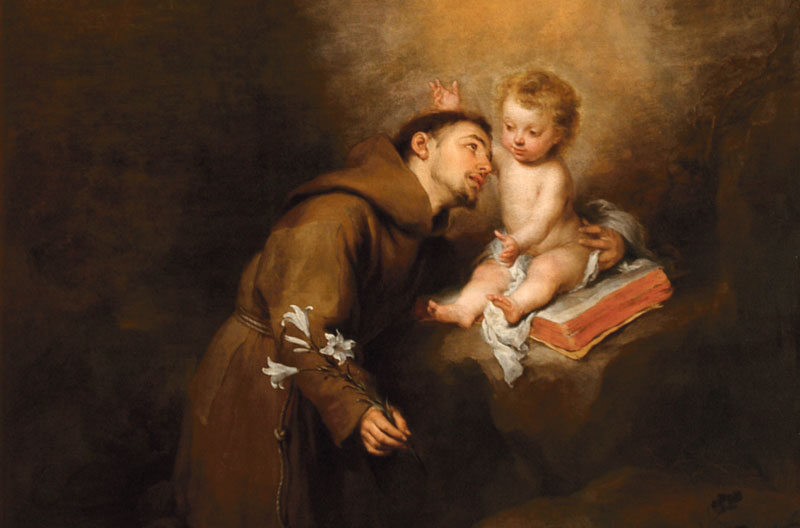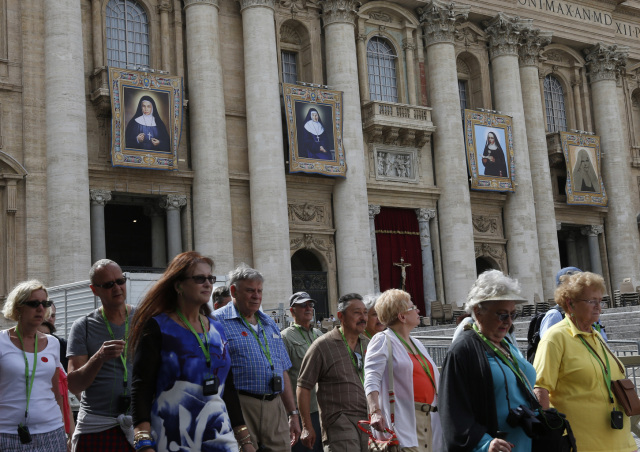
The veneration of relics has a scriptural foundation in St. Mark’s Gospel 5:27, which records a woman who was healed just by touching Jesus’ clothes.
Acts of the Apostles 19:12 states that St. Paul’s napkins and aprons were brought to the sick who were then cured. This respect for relics would increase at the time of the martyrs to the point that churches have them embedded in their altars.
The touring of major relics, such as that of St. Therese and St. John Bosco a few years ago, and the recent travelling of the relic of St. John Vianney, the patron of priests, as well as that of smaller ones being successfully welcomed in numerous parishes indicates the growing appreciation of the intercession of the saints. The sense of proximity to them through their relics provides greater confidence in them.
Relics are categorized as first class if they are physical remains of a saint, second class if they were personal objects of the saint, and third class if they touched a first class relic. Sad to say, there were times when the veneration of the relics became abused, causing misunderstanding about them.
An article in The Miscellany about the unique relic of St. John Paul II enshrined at the Columbia church that serves the students of the University of South Carolina, plus an occasional relic display at Holy Rosary Church in Greenville, brings this interest closer to us.
The original collection of 30 relics at the Shrine of Our Lady of South Carolina – Our Lady of Joyful Hope has been recently augmented by 170 more. It is appropriate to have such a collection of relics of these saints at Our Lady’s shrine since she is the Mother of the Church whose members they are.
The Kingstree shrine collection of relics were gathered during my three years of spirituality studies in Rome. I decided that a collection of relics from ancient to the present times would bring us in contact with the holiness in our Church throughout the ages. They include St. Ignatius of Antioch from the early second century, the early martyrs listed in the First Eucharistic Prayer at Mass, then from every age and various vocations. Members of religious orders are grouped in the same cases. They include missionaries, teachers, monks and nuns, active and contemplative, young and old, married and single, royalty and penitents. Contemporary saints include St. Faustina Kowalska and St. John Paul II.
Originally, they were displayed in a triptych placed in front of the pulpit in my Connecticut parish. The congregation would occasionally be reminded that these saints heard the same Gospel that they just heard and lived it accordingly. It is now our responsibility to form the next link in this history of Catholic holiness, whatever our vocation in life or position in society. With these relics, that becomes quite tangible and real. As models, it is easy to find one that we can relate to, thus having a celestial friend.
These physical remnants of the saints should show that there is no excuse in not trying to be a saint, someone very close to God, our Father. They all have something to tell us and to encourage us. And this way we do not enter into heaven as strangers.
By Father Stanley Smolenski/Special to The Miscellany
Image detail, “Saint Anthony of Padua with the Child” by Bartolomé Esteban Murillo, Circa 1668-1669: The relics of St. Anthony of Padua were on tour in the Diocse of Charleston in April 2018.



